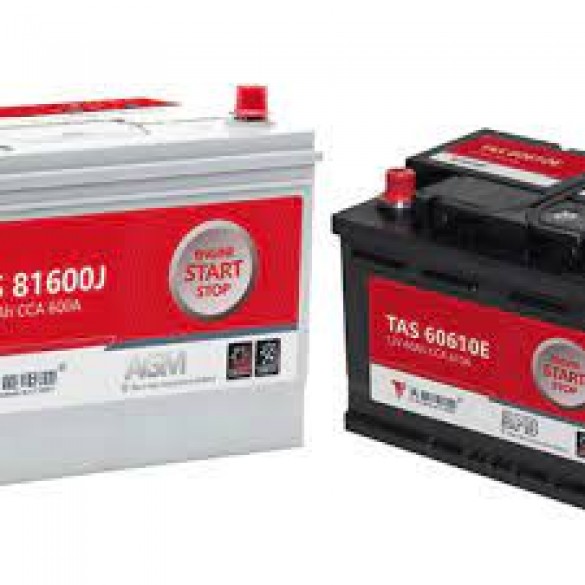
In today's fast-paced world, where power outages are not uncommon, inverters have become indispensable. They ensure uninterrupted power supply during blackouts, keeping our essential appliances running smoothly. However, many users overlook a crucial aspect of inverter maintenance—the LED indicator. In this guide, we'll delve into why paying attention to these small lights is paramount to prolonging the life of your inverter and safeguarding your battery.
LED indicators serve as the eyes of your inverter, providing valuable insights into its operational status. They indicate whether the inverter is functioning correctly, running on battery power, or charging.
These indicators are not just for show. They serve as early warning systems, alerting users to potential malfunctions such as overload, short circuit, or battery issues.
By paying attention to the LED indicators, users can take timely action to address any problems, ensuring that the inverter operates at its peak efficiency and minimizing the risk of damage.
One of the most significant risks of disregarding LED indicators is battery damage. Ignoring warnings such as low battery or overcharging can lead to irreversible harm, shortening the battery's lifespan and necessitating premature replacement.
A malfunctioning inverter, left unchecked due to neglect of LED indicators, can operate at reduced efficiency. This not only increases energy consumption but also puts unnecessary strain on connected appliances.
Ignoring LED indicators can pose safety hazards. For instance, a short circuit left unaddressed due to oversight can escalate into a fire hazard, endangering lives and property.
Make it a habit to check the LED indicators periodically, especially after power outages or during unusual behavior of the inverter. Familiarize yourself with their meanings through the user manual.
Take immediate action upon noticing any abnormal LED signals. Whether it's reducing the load, troubleshooting the issue, or seeking professional assistance, prompt action can prevent further damage.
Pay close attention to LED indicators related to battery status. Ensure the battery is neither overcharged nor depleted beyond recommended levels to maintain its health and longevity. In conclusion, LED indicators are not mere embellishments on inverters but vital components that demand our attention. Ignoring these indicators can have far-reaching consequences, from reduced efficiency and premature battery failure to safety hazards. By incorporating LED indicator monitoring into our maintenance routine and taking prompt action when necessary, we can ensure the smooth functioning of our inverters and prolong their lifespan. Remember, when it comes to inverter maintenance, the devil is in the details—specifically, those tiny LED lights.
Living ona Tight Budget: Strategies for Saving with a Low Income